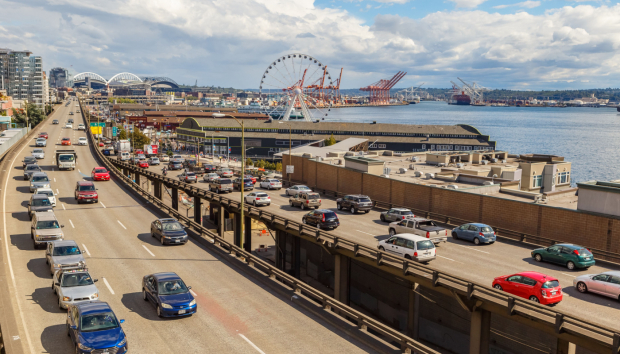

From Hours to Output: Getting Economic Impacts Right in Transportation Investment Analysis
Transportation investment analysis is increasingly important as a decision-making tool, and input-output (I-O) analysis is frequently used in such efforts to estimate a project's regional economic impact - not just from construction spending, but also from the ongoing effects of time savings, vehicle operating costs, and other transportation price changes. And yet, a review of professional work in this area reveals a wide gap in the understanding of how changes in travel performance - for example, from highway congestion relief or a public transportation investment - should be used in informed I-O analysis.
As an unfortunate but not uncommon example, some researchers take shortcuts and simply equate total monetized benefits (including business cost and personal time savings) as a net increase in regional output that can be fed directly into an I-O model to generate even greater multiplier effects. The problem is that simply equating travel time and cost savings to growth in output can grossly overstate the magnitude of economic impacts from a transportation investment.
In reality, translating time savings (and other transportation cost savings) into business sales and other direct economic impacts is a more complicated process that requires an understanding of the competitive nature of the local industry as well as underlying social accounting flows. In reality, the link between transportation cost savings and increased industrial production is indirect and complex. For households, transportation is a derived good reflected in expenditures. For businesses, transportation is a necessary cost of production that can affect the competitive position.
In this paper, we lay out a straightforward and economically sound method for translating transportation benefits into direct economic impacts for use in I-O models. The process, used in the TREDIS model, involves a microeconomic approach that takes into account the mechanisms by which travel cost savings are "processed" by households and businesses into direct changes in supply and demand. We then demonstrate the magnitude of error that can be eliminated using the proposed technique, compared to less informed methods.








